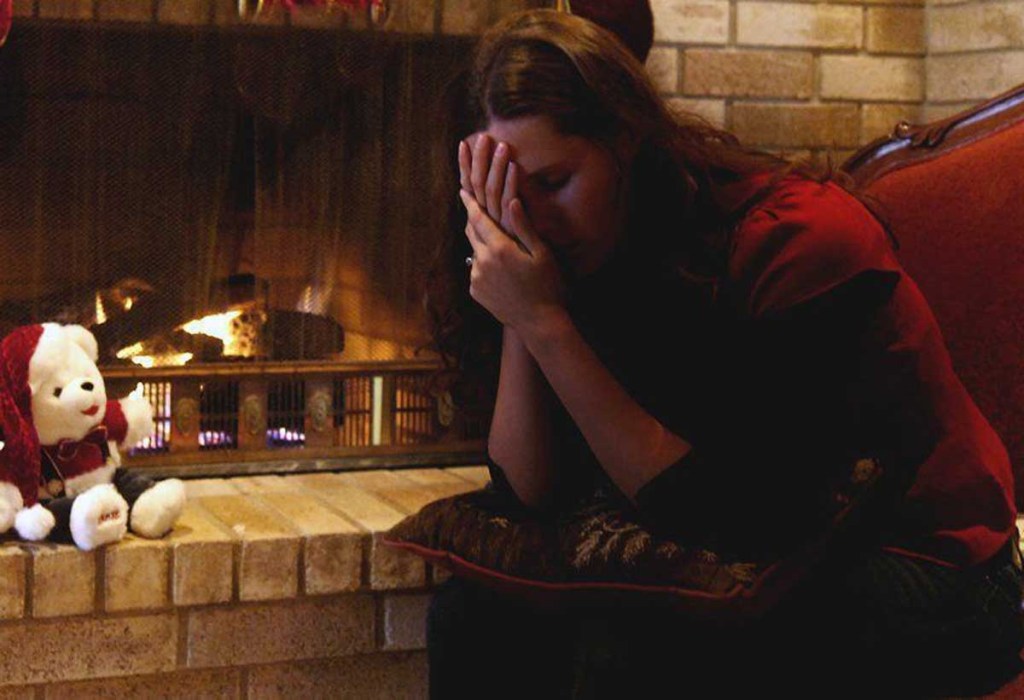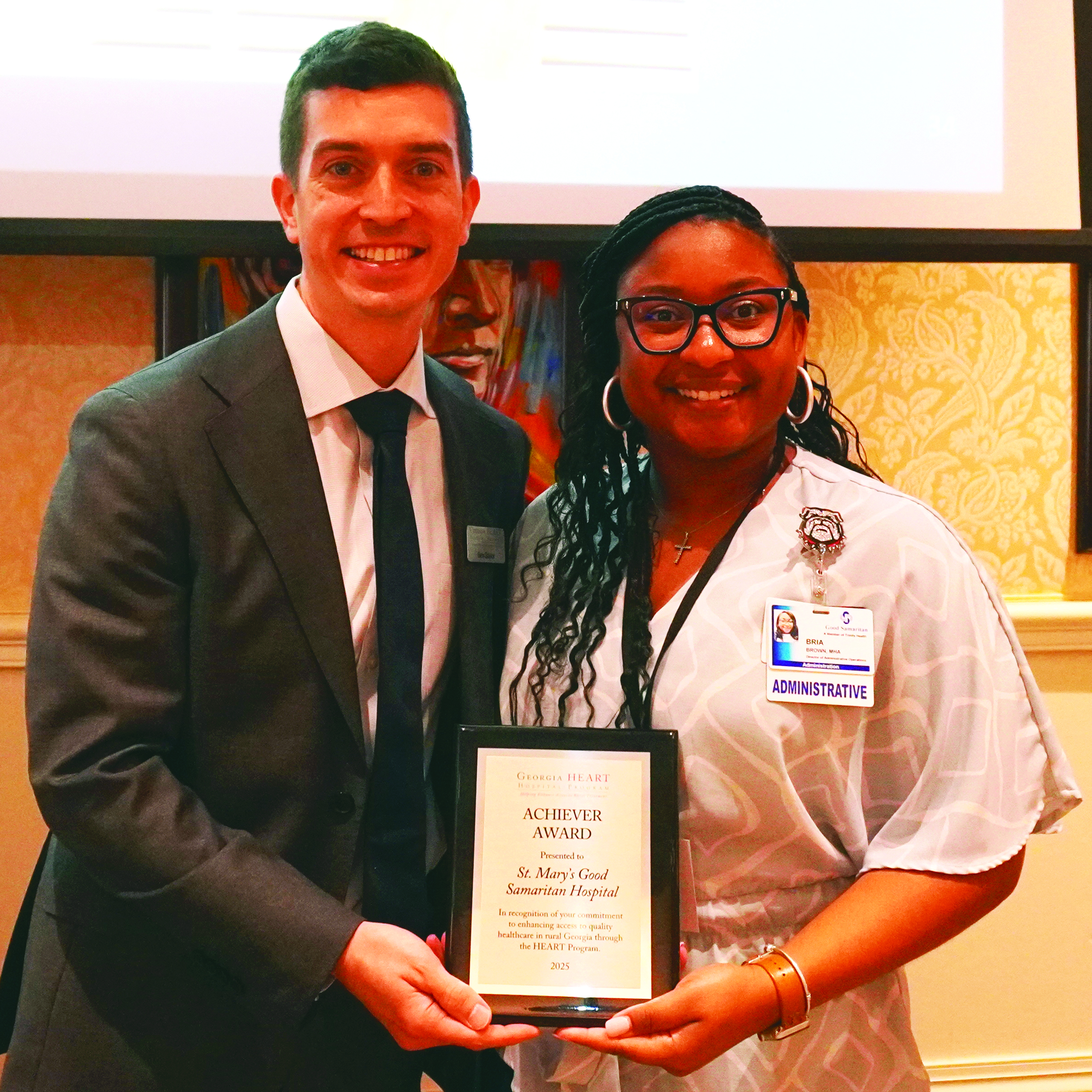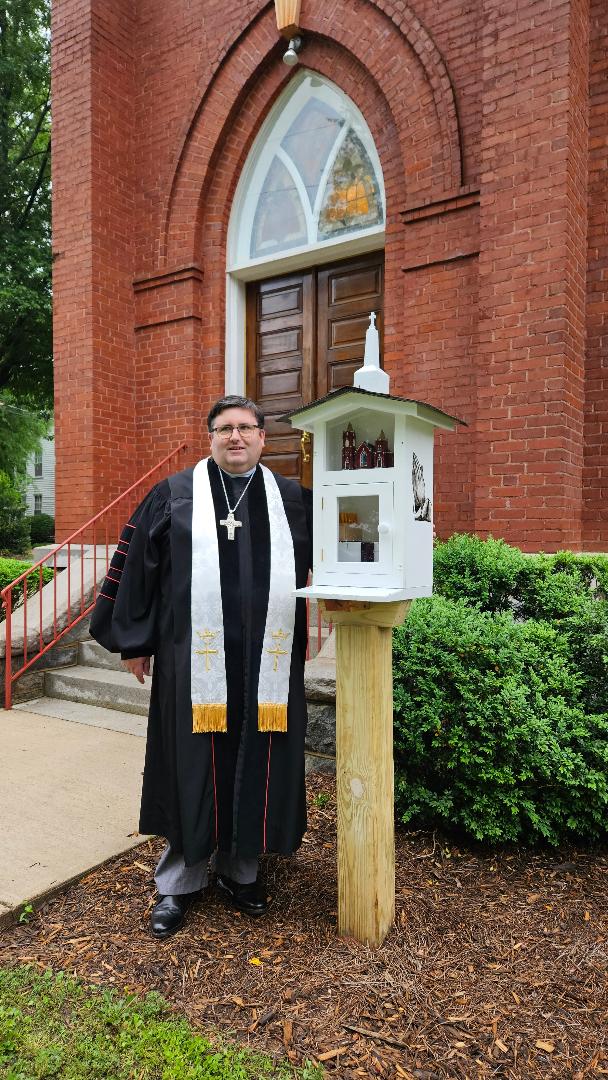Research shows link between threats and domestic violence
Published 2:21 pm Saturday, April 29, 2017

- Sad
LEXINGTON, Ky. –– Domestic violence by an intimate partner affects one in every four women. And new research has found a link between threats and abuse.
University of Kentucky professor TK Logan said in her latest study she has discovered frequent threats to victims of domestic partner violence correlated with increased abuse, violence, distress and fear.
“What happens a lot of times is when we go to court or to get help, we dismiss (the threats) and not take them as serious,” Logan said. “However, the threats are predictive of abuse.”
Logan conducted interviews with 210 women who filed a protective order against an ex-partner in 2006-2007 in Kentucky. Women in the high-threat frequency group, or experiencing an average of 99 days of threats in the six months before the protective order was issued, were 10 times more likely to experience severe violence and five times more likely to be raped than women who experienced fewer threats on average.
“Threats of violence often escalate into actual physical violence, various types of abuse, such as emotional and verbal, and physical, and fear in the relationship,” said Jennifer Lainhart, executive director of Hope’s Wings Domestic Violence Program in Richmond.
Logan’s study, titled “‘If I Can’t Have You Nobody Will’: Explicit Threats in the Context of Coercive Control,” found victims of abuse commonly experienced threats of harm and death, threats about friends and family, and threats of harm to friends and family prior to obtaining a protective order against their partners.
The study also showed that women who experienced a high rate of explicit threats of harm also reported concurrent abuse, violence, distress and fear, all of which are aspects of coercive control in a relationship. Coercive control is defined as a deliberate and systematic pattern of behavior designed to limit a person’s freedom and ability to act on their own needs, values, and desires and to create a threat of harm to compel compliance.
Lainhart said many victims start their stories with “I was afraid he/she would…” or “I stayed because he/she threatened…”
“True domestic violence isn’t just fighting and physical altercations,” Lainhart said. “True domestic violence has an aspect of control through fear.”
Logan’s research also concluded that third-party threats, or threats against family members, friends, or children, also play a significant role in coercive control.
According to data from the Kentucky Coalition Against Domestic Violence, more than 3,000 women, men and children were provided emergency shelter in 2016. At Hope’s Wings, the program has provided safe shelter or housing to more than 400 women and children in Madison County.
Lainhart said Hope’s Wings and programs like it are important to communities because each addresses violence in relationships and families. She noted violence in families tends to perpetuate violence from generation to generation.
“Hope’s Wings addresses that family violence,” she said.
Lainhart said the most dangerous time for a victim is when she is leaving or has left.
“We want to make sure that we can help a victim make a safe break,” Lainhart said.
For those who may be in abusive relationships, Logan’s research noted protective orders helped reduce violence, physical harm and threats.
“Threats are powerful way to control,” Logan said. “They co-occur with physical evidence. We must realize all threats matter.”
Jonathan Greene is the editor of The Register





